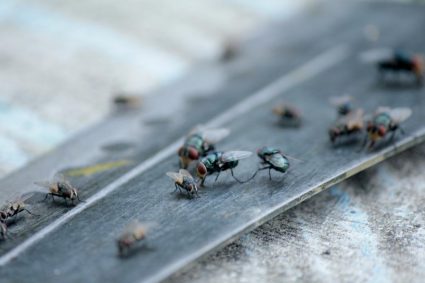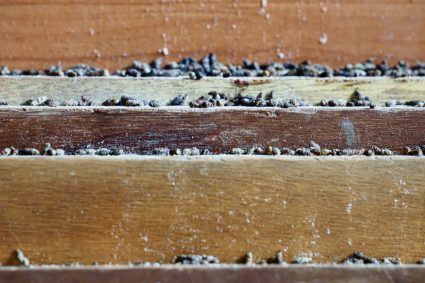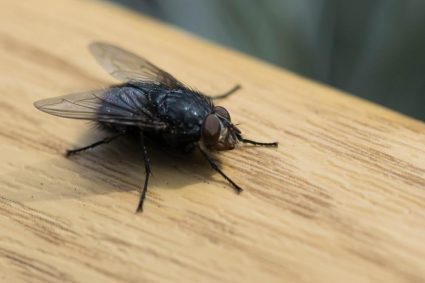
Cockroaches are a common pest, and while they all share some basic characteristics, the bigger species definitely stand out. In this comprehensive guide, we will discuss the appearance, behavior, and identifying features of big roaches.
A big roach can range from 1.4 to 2 inches in length. The largest common house-infesting cockroach is the American cockroach, which is typically reddish-brown with a yellow band behind their head. Other large species include the Smokybrown cockroach, which is dark brown to mahogany-colored, and the Oriental cockroach, which is shiny black or dark brown in color.
Identifying Big Roaches
The size of a big roach can range from 1.4 to 2 inches in length, depending on the species. The largest common house-infesting cockroach is the American cockroach, which is typically reddish-brown in color with a yellow band outlining the area behind their head. Other large species include the Smokybrown cockroach and the Oriental cockroach.
American Cockroach
The American cockroach is the largest of the common cockroaches, measuring up to 2 inches in length. They are reddish-brown, with a light yellow band outlining their thorax. Both males and females have wings, but only adults have fully developed wings.
Smokybrown Cockroach
The Smokybrown cockroach measures approximately 1.5 inches long. They are dark brown to mahogany-colored, with a thorax that looks almost black.
Oriental Cockroach
The Oriental cockroach is about 1 inch long and is shiny black or dark brown in color. They prefer moist environments and are often found in sewers, drains, and other damp areas.
Misconceptions About Big Roaches
There are several misconceptions about big roaches. For instance, many people believe that bigger roaches pose a bigger problem. However, regardless of size, all roaches can carry diseases and cause infestations. Another common myth is that roaches are immortal. While they are resilient and can survive in various conditions, they are not immortal.
Changes in Appearance Throughout Lifecycle
The appearance of a big roach changes throughout its lifecycle, which consists of three stages: egg, nymph, and adult. The eggs are contained in a dark-brown capsule called an ootheca. After hatching, the nymphs are initially white or light grey in color and gradually darken as they grow. Adult roaches are larger and have wings.
Unique Behaviors and Movements
Big roaches, like other cockroach species, exhibit unique behaviors and movements. They are social creatures and use their antennae to detect motions and movements in their surroundings. Roaches are also nocturnal, and their activity increases during the night.
In conclusion, big roaches are identifiable by their size, color, and other physical characteristics. By understanding their appearance and behavior, you can take appropriate measures to prevent and control infestations in your home.
Frequently Asked Questions
What are some effective ways to prevent big roach infestations?
Some effective ways to prevent big roach infestations include keeping your home clean, especially the kitchen and bathroom. Regularly take out the trash and avoid leaving food out. Seal cracks and holes in walls, floors, and windows to prevent roaches from entering your home.
How long does the lifecycle of a big roach last?
The lifecycle of a big roach typically lasts from a few months to over a year, depending on the species and environmental conditions.
Do all big roaches fly?
Not all big roaches fly. While some species like the American cockroach have wings and can fly, others like the Oriental cockroach cannot.
Can roaches survive without food and water?
Roaches can survive for a month without food but only a week without water. This makes damp environments attractive to them.
Are roaches dangerous to humans?
Roaches can pose a health risk to humans. They can carry bacteria and parasites that can cause diseases, and their droppings can trigger allergies and asthma in some people.












